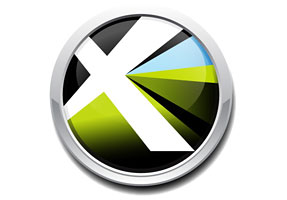Quark: Down, But Not Out


Quark recently announced the availability of Quark Publishing System 9.1, the new version of Quark's dynamic publishing platform for automated publishing to print, Web, e-reader, mobile, and tablet devices. The new version is compatible with QuarkXPress 9.1 and App Studio, allowing media and corporate publishers to publish to the iPad and other digital formats without hiring a separate team of developers.
The improvements to Quark Publishing System 9.1 and its compatibility with QuarkXPress 9.1 and App Studio allow designers and content creators to easily create and publish iPad apps and issues; incorporate digital assets and workflows into their existing publishing system; automate publishing to the iPad and ePUB format; and let all system users share, access, and collaborate on digital publishing projects.
Xpress now provides multiple ways for users to publish iPad-ready content and the ePUB format, including through Microsoft SharePoint.
Through Web Hub, content creators can edit projects with App Studio layouts; drag and drop assets directly from Windows Explorer/Finder; and check in multiple assets at once using "Check In Other," which eliminates the need to check in each asset separately.
In addition to time and resource-saving improvements associated with iPad and ePUB publishing, Quark Publishing System 9.1 makes assets stored in Quark Publishing System available for re-use in Composition Zones and as Shared Content. This capability reduces and eliminates the time designers spend searching for assets, improves consistency and accuracy by ensuring all layouts use assets from a single source, and makes updates faster and easier because a change to an asset stored in Quark Publishing System is automatically reflected in all instances where an asset is used.
Quark may have lost the edge in digital publishing, but it still seems to be innovating.